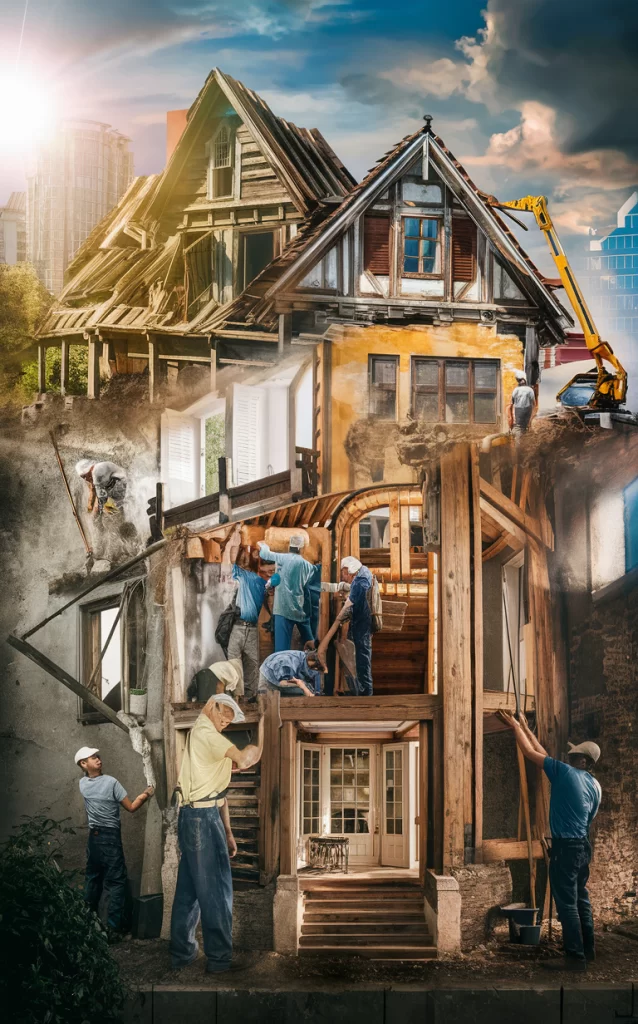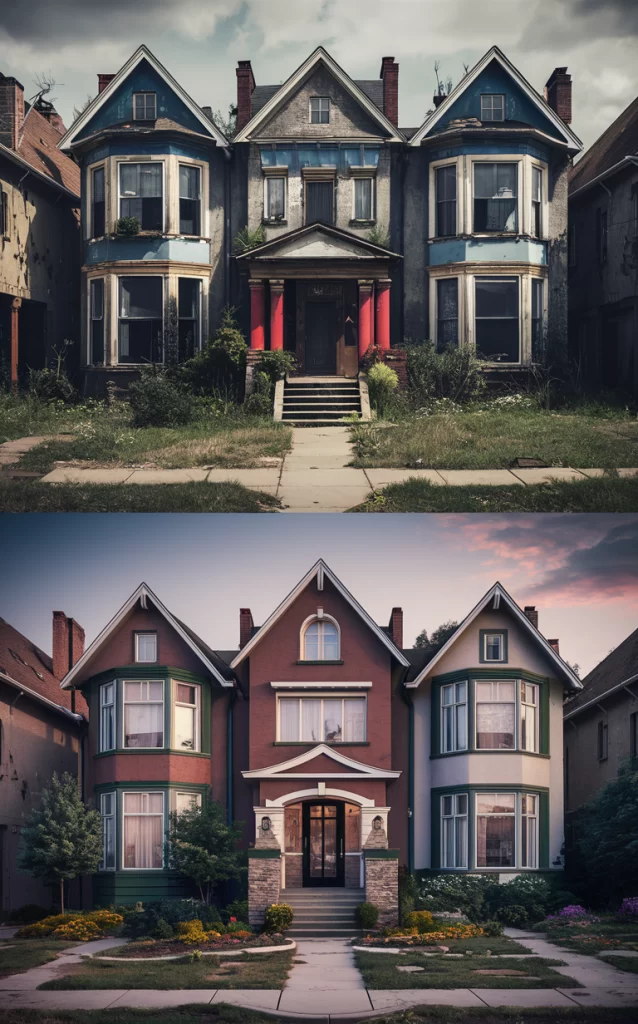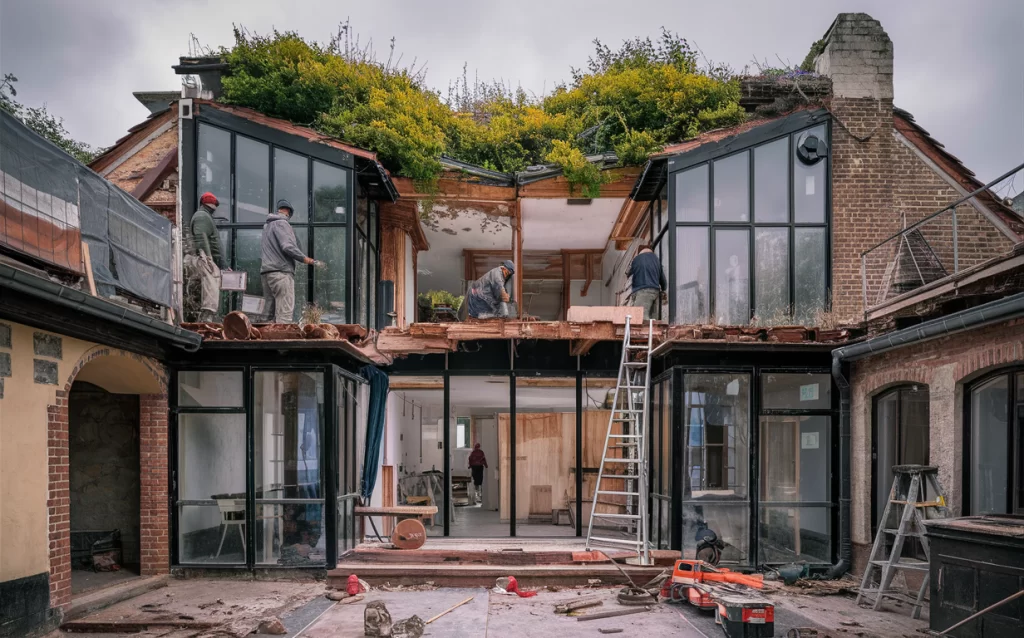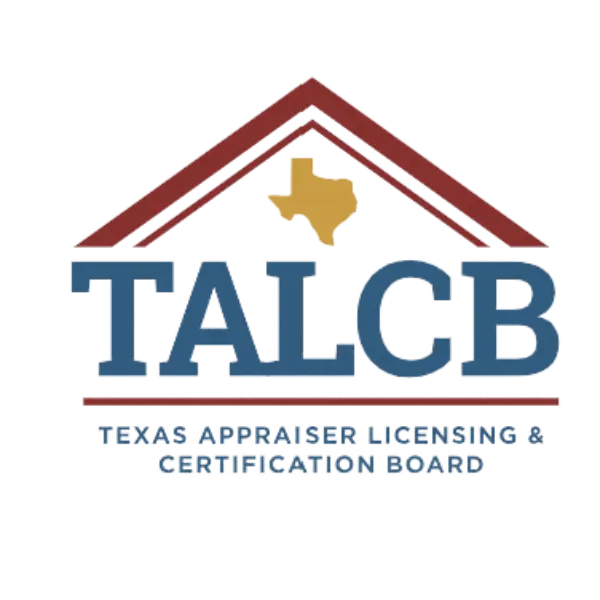Boosting Property Value: A Comprehensive Guide to Rehabilitation and Remodeling
Rehabilitation and remodeling are key strategies for enhancing the value of a property.
Understanding Property Rehabilitation and Remodeling
Property rehabilitation and remodeling are two common terms in real estate. Rehabilitation means fixing damage and restoring a property to its original state, while remodeling involves updating and upgrading the structure or design. Both approaches have their benefits. For example, rehabilitation can preserve the unique character of an older property while making necessary repairs. On the other hand, remodeling can significantly boost a property’s value by making it more attractive to modern buyers and tenant

Planning Your Project
The first step in any successful rehabilitation or remodeling project is thorough planning. Begin by assessing the current state of your property. Identify areas needing immediate attention, such as structural repairs, outdated systems, or cosmetic improvements.
Next, set a realistic budget. Factor in costs for materials, labor, permits, and a contingency for unexpected expenses. Having a clear budget helps you prioritize projects and avoid overspending.
Creating a timeline is equally important. Set milestones for different stages of the project and aim to stick to them. This helps prevent delays and keeps the project on track.
High-Impact Remodeling Projects
Remodeling projects can significantly increase your property’s value. Kitchens are a top priority for buyers and renters, making them a smart investment area. Upgrading countertops, cabinets, and appliances can give your kitchen a fresh, modern look.
Bathrooms are another key area where improvements pay off. Upgrading fixtures, flooring, and lighting can greatly enhance the bathroom’s overall appearance and value.
Don’t underestimate curb appeal. The first impression of your property is crucial. Investing in landscaping, painting, and entryway improvements can significantly boost your property’s appearance.
Share of Renter Household (percent)
Cost-Effective Rehabilitation Tips
Deciding between DIY and professional help is crucial in real estate projects. Simple DIY tasks like painting or landscaping can save money and are manageable for most homeowners. However, for electrical work or major structural repairs, hiring professionals ensures safety and quality.
Energy-efficient upgrades are also a wise investment. Adding insulation, replacing windows, and installing energy-efficient appliances can reduce long-term costs and attract eco-conscious buyers.
For historical properties, restoring unique features like original woodwork, stained glass, and period-appropriate fixtures enhances their character and appeal, preserving their historical value.
Common Pitfalls and How to Avoid Them
One common mistake is over-improvement. Understanding the local market is crucial to avoid investing more than you can recoup when selling.
Additionally, address permitting issues early. Ensure all projects comply with local building codes and obtain necessary permits to avoid costly fines or delays.
Finally, prioritize quality over quantity. It’s better to complete fewer projects using high-quality materials and workmanship than to spread your budget too thin and compromise on quality.

“Owning a home is a keystone of wealth…both financial affluence and emotional security.” Suze Orman
– Suze Orman Tweet
Conclusion
Rehabilitation and remodeling can significantly boost your property’s value and appeal. By carefully planning your projects, focusing on high-impact areas, and avoiding common pitfalls, you can transform your property into a more attractive and functional space. Whether you’re preparing to sell or simply want to enjoy your home more, these improvements are well worth the investment.








